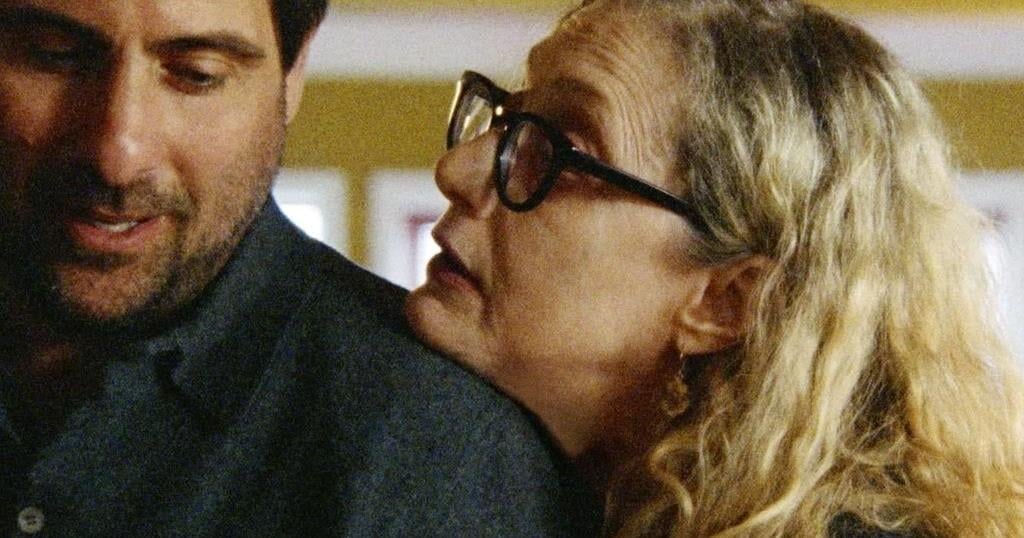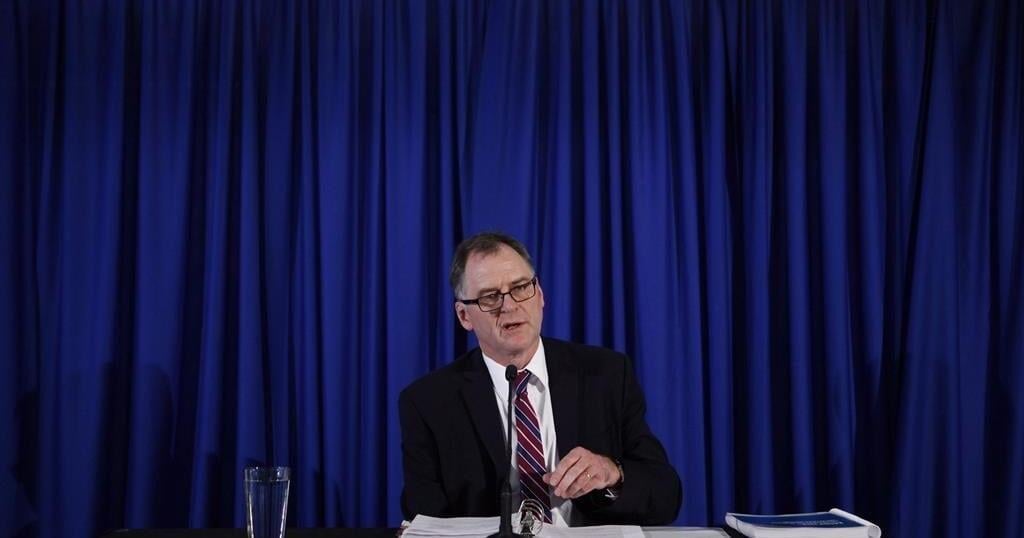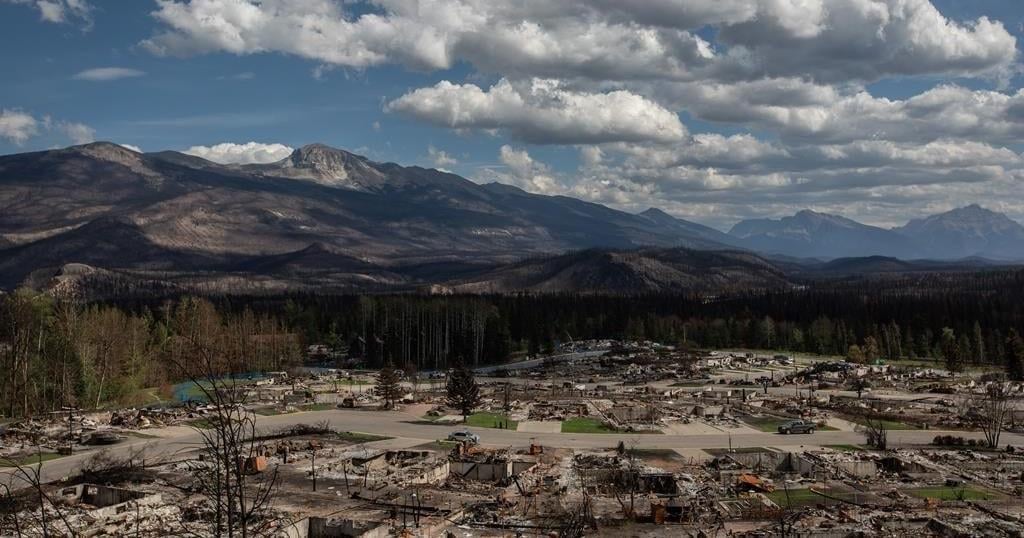Carol Kane’s name came to filmmaker Nathan Silver in a fever dream.
He’d come down with a case of COVID-19 while trying to get his new film together. The story he and co-writer C. Mason Wells envisioned was about an unlikely friendship between a recently widowed cantor in a depressive funk and an older woman, his former grade school music teacher, who wants to study for a bat mitzvah.
Ben, the cantor who can no longer sing, would be Jason Schwartzman. Carla, who was based on the filmmaker’s own mother, was more of an enigma. And then came a fit of inspiration in that fateful, feverish sleep.
“Everyone was like, ‘of course it’s her,’” Silver said in a recent interview with The Associated Press.
Though the two actors had never worked together before (“In my mind we had,” Kane laughed), they had an immediate rapport and comfort with one another – transcending even the awkward stillness of a group Zoom session. And that was when he knew they really had a movie.
“I had such a feeling about Jason,” said Kane. “We had such a trust in each other. Lord knows why, but we did. That made it possible. It made it, dare I say, almost easy because it was sort of natural to talk to each other.”
“ Between the Temples ” opens in theaters this week. A breakout from this year’s Sundance Film Festival, Sony Pictures Classics swooped in to acquire the distribution rights after it received near-universal praise for its performances and its unique tone and style: A screwball comedy with a 1970s vibe, that’s wry and life-affirming, about two lost souls who find one another at the perfect time, over mudslides at the local bar.
Focusing their lives in and around Judaism allowed Silver to embrace the beauty of the question.
“I feel like these characters are questioning everything in their lives,” Silver said. “It’s about celebrating that idea that you’re not taking the reality that you’re handed as the reality you need to live. I think that no matter how despairing things are in your life or in the world, you have to have this faith in the absurd, that there is some brightness in the future.”
In that spirit, “Between the Temples” is also not easily categorizable as a May-December romance – everyone wanted to keep that line a little blurry. But it is, Silver said, “a May-December connection.” That reminded Schwartzman of something his mother said to him about a breakup years ago.
“She said, ‘sometimes we can meet someone, and they may not be right for us, but they walk us down the aisle to the next person, who is,’” Schwartzman said. “These people are moment to moment, and they are walking each other to this next door, and they could go through it together. They could not. Whatever. But it’s like it’s just this moment where they are each other’s escorts, and it’s essential that they are.”
The aesthetic of the movie, which was shot on film by Sean Price Williams, with a rarely used Kodak stock only produced in small quantities wasn’t just a gimmick. Although it’s set in a kind of bleak-looking small town in the dead of winter, Silver wanted the movie to evoke Carla’s spirit.
“HD is inherently cold. Film is warm and alive,” Silver said. “We wanted it to have that warmth, her sensibility to take over the film, for it to feel like her because she’s bringing this warmth to this very cold present, this depression that Jason’s character is going through.”
Silver’s references are vast and deep: 1970s soviet filmmakers like Kira Muratova and Larisa Shepitko, the folk singer Sibylle Baier, and everything from Howard Hawks’ “Bringing Up Baby” to Maren Ade’s “Toni Erdmann” helped inform various aspects of “Between the Temples.” One that proved especially useful to Schwartzman was David Berman, the late poet and indie rock musician of the Silver Jews and the Purple Mountains, known for his brilliant lyrics.
“Life syncs up in a funny way sometimes,” Schwartzman said. “I had been going through a huge David Berman phase when Nathan reached out, like watching interviews and listening to music. It was so peculiar, but it was like OK, that’s great.”
Ben is not David Berman, to be clear. But Schwartzman kept the music on his playlist during the making of the film. In particular, the song “ All My Happiness Is Gone,” with its breezy pop melody and truly bleak lyrics, released just months before Berman died from suicide at 52, unlocked something about the film.
“Just that knowledge, even that phrase, all my happiness is gone and the way that song sounded — that to me was kind of like an instant way into the movie,” Schwartzman said. “If we were on set and I just kind of needed to reset or something, I could just listen to the first minute of that song. And it was kind of like a chiropractor: It reset me into the thing of the movie.”

























